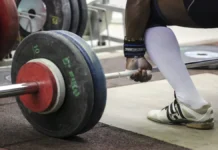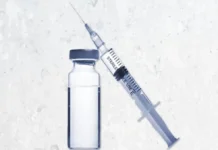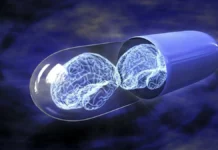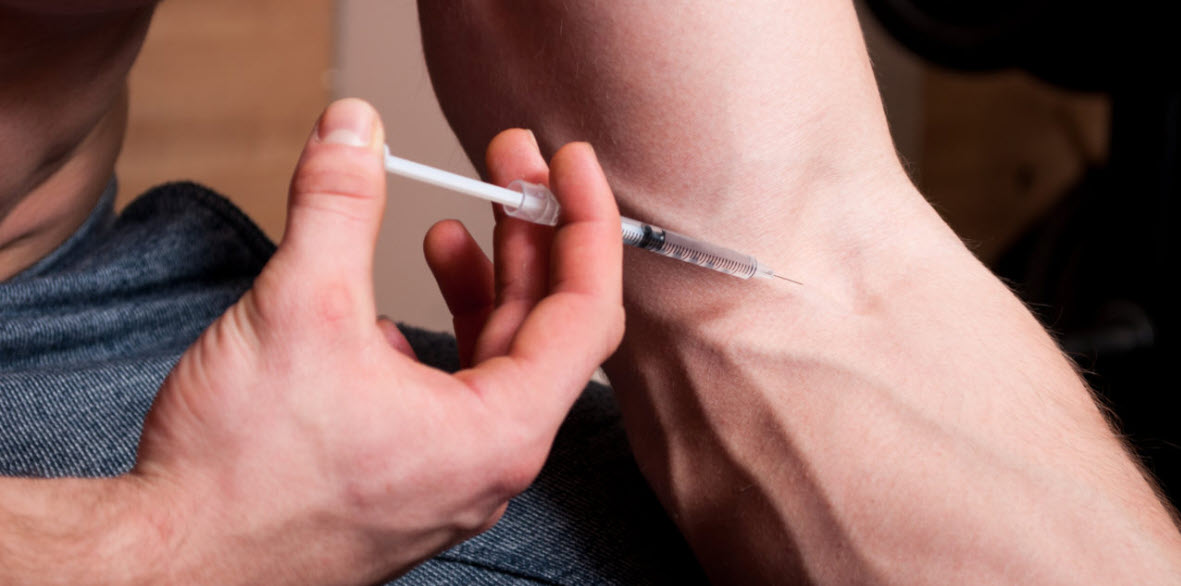- A variety of side effects can occur when anabolic steroids are misused, ranging from mild effects to those that are harmful or even fatal.
- Most are reversible if the user stops taking the drugs. However, others can be permanent or semi-permanent.
- Most data on the long-term effects of anabolic steroids in humans come from case reports rather than formal epidemiological studies.
- Serious and potentially fatal adverse effects may be underreported, especially since they may occur many years later.
- One review found 19 deaths in published case reports related to anabolic steroid use between 1990 and 2012; nevertheless, many steroid users also used other medications, making it difficult to show that anabolic steroid use caused these deaths (39) a high frequency of premature death. 40
Cardiovascular System
- Steroid use has been associated with elevated blood pressure 41
- Decreased function of the heart ventricles 23,41,42
- Cardiovascular diseases such as heart attacks 43
- Arterial damage 44
- Strokes 45,46 even in athletes under age 30.
- Steroids contribute to the development of cardiovascular disease in part by
- Increasing low-density lipoprotein (LDL) levels 47
- Decreasing high-density lipoprotein (HDL) levels 47,48
- High levels of LDL and low HDL increase the risk of atherosclerosis, a condition in which fatty substances are deposited inside arteries and disrupt blood flow. If blood is prevented from reaching the heart or brain, the result can be a heart attack or stroke, respectively.
- Steroids also increase the risk of blood clots forming in the blood vessels, potentially disrupting blood flow and damaging the heart muscle so that it does not pump blood effectively.49
Hormonal System
- Steroid use disrupts the normal production of hormones in the body.
- Changes that can be reversed include decreased sperm production, decreased testicular function (hypogonadism) leading to low testosterone levels, and testicular shrinkage (testicular atrophy). 56,61
- Irreversible changes include male pattern baldness and breast development (gynecomastia) in men 59,62. Anabolic steroids may also act on the hormonal system to increase the risk of testicular cancer, particularly when used in combination with an insulin-like growth factor.63
- In women, anabolic steroids cause masculinization.
- Specifically, breast size and body fat decrease, skin becomes coarse, and the voice deepens.64
- Women may experience excessive hair growth, but lose scalp hair.65
- With continued steroid administration, some of these effects become irreversible. It is generally believed that anabolic steroids will produce irreversible clitoral hypertrophy in females, although there are no studies on this. 66
- Many people who inject anabolic steroids may use non-sterile injection techniques or share contaminated needles with other users.
- This puts these steroid users at risk for potentially fatal viral infections, such as HIV and hepatitis B and C.76
- In addition, animal models indicate that anabolic steroids suppress the immune system,77 which could worsen infections.
Musculoskeletal System
- Increasing levels of testosterone and other sex hormones normally trigger the growth spurt that occurs during puberty and adolescence.
- These increasing levels of testosterone also provide signals to stop growth.67
- When a child or adolescent takes anabolic steroids, the resulting artificially elevated levels of sex hormones can prematurely signal bones to stop growing. 68
- Evidence suggests that weightlifters who abuse anabolic steroids have stiffer tendons, which may lead to an increased risk of tendon injury.69
The skin
- Steroid misuse can cause acne,70-72 hair loss on the head, cysts, and oily hair and skin.65
- Users who inject steroids may also develop pain and abscess formation at injection sites.
- 73Anabolic steroids can also produce jaundice, or yellowing of the skin or eyes, as a result of damage to the liver


























